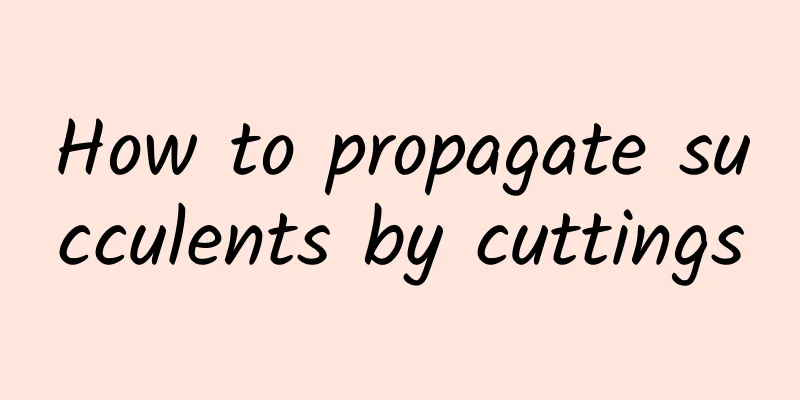Rose and pomegranate pest control

1. Diseases and Pests1. Japanese wax scaleOne of the common pests. When they are nymphs, they will attach themselves to leaves or new branches to suck sap and secrete mucus that is poisonous to plants. It can cause sooty mold disease, causing leaves and fruits to fall off, and in severe cases, it can lead to death. Generally speaking, drugs can be used for prevention and treatment. You can also use other hostile animals to suppress them. 2. Pomegranate stem mothOne of the common pests, it can be found in most pomegranate-producing areas in my country. It harms the new shoots or branches of trees, affects the growth of trees, and greatly harms the fruits, reducing their yield and quality, and can cause plant death. If you find sick branches, you need to remove them immediately to prevent the larvae from continuing to grow and endanger the whole plant. 3. HeartwormThe larvae of this pest will harm the fruit, causing needle-sized spots on the fruit. As the insects grow, the fruit will be further eaten away, seriously affecting the health of the fruit. In mid-May, you can use parathion to spray the tree trunks, which can effectively inhibit the growth and reproduction of the pests and diseases. If you encounter diseased fruits, you should pick them off in time and dispose of them by deep burial. 2. Diseases1. Black spotThe disease causes lesions on the plant's branches, fruits and flowers. This disease can seriously affect the shape of the plant, causing the branches and trunks to become cracked, rough, and hard, and even exposing the wood. For trees, after the disease is found, the lesions need to be removed with a knife in time, and the wounds need to be disinfected with bacteria. For flowers and fruits, you can use carbendazim for spraying to effectively prevent the occurrence of diseases. 2. Brown spot diseaseThis disease can seriously damage the leaves and fruits of trees, causing them to fall. When the infection first occurs, brown spots will appear. If found, they need to be removed promptly to prevent further spread of the disease. Before germination, spraying with Bordeaux solution can prevent and control the disease. |
<<: Disease and Pest Control of Rhododendron chinense
>>: Disease and Pest Control of Lucky Grass
Recommend
Agarwood tree planting conditions Planting environment and climate requirements
Introduction to Agarwood Tree Agarwood tree, also...
How to care for Clerodendrum thomsoniae
Growing conditions of Clerodendrum thomsoniae The...
How to prune the peace tree
Why prune? As Ping An grows, its shape changes an...
Why do gardenias drop their buds and turn their leaves yellow?
Gardenia should be a flower that many friends lik...
What to do if the lucky tree is frozen
1. Spray foliar fertilizer The method of spraying...
Pest control of sycamore
1. Bronze Psyllid Pest introduction: This pest is...
When is the best time to sow taro
Suitable time for sowing tower vegetables Pear is...
How to grow rubber trees well
1. Lighting Rubber trees are relatively shade-tol...
Main Varieties of Climbing Roses
1. Angela Angela was born in Germany. It is cold-...
Can peony be propagated by cuttings in spring?
1. Can cuttings be taken in spring? It cannot be ...
Add a little of this when watering the flowers, all the bugs will die and the flowers will grow rapidly!
Garlic water The most common garlic contains alli...
Cultivation methods and precautions of birch
1. Soil Birch grows best in loose, slightly acidi...
Is cyclamen suitable for large or small pots?
Should I use a large or small pot for cyclamen? W...
How to grow loofah with high yield?
Luffa , a climbing plant originating from the tro...
How to plant garlic sprouts and what are garlic sprouts
1. How to plant garlic sprouts 1. Hydroponics: Pr...









